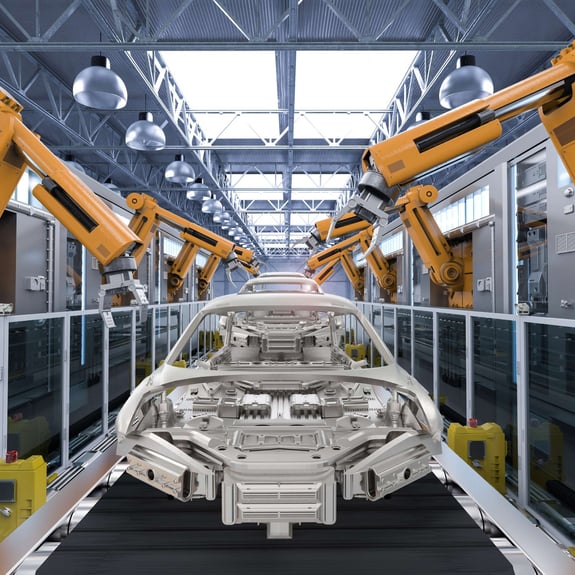I have been working for 15 years in the OEM machine building and manufacturing industry. Seen both sides of the table as a supplier and a purchaser. There are many elements to building a great relationship and partnership, but I thought that I share my views on what might get your cooperation to another level.
In cases where the principal’s business is growing rapidly and the need for great and steady suppliers grows as well. This also pours into existing suppliers as more and more is needed from them to answer rising demand. But just production capacity alone does not mean that a boost in supply will go smoothly.
In rapid growth, processes, capabilities, and leadership are usually lagging and the outcome can be chaotic. This is simply because there is no steady plan to prepare for this and the outcome is reactive. It is always tempting to take more and more, but if it's at the cost of profitability you might want to stop and think if it is worth it. Or better, make it worth it.
4 questions for revenue growth
If you are now in revenue level x and are heading to level y, what are the growth gates we need to pass to be efficient and profitable at that level?
- Is the strategy supporting the growth, would it need an update?
- Is your efficiency purposefully taken to a new level?
- Are you ready for the ability that requires new and more?
- Have you prepared for a new era of management?
New and diverse processes, tougher competition, new regulations, and other factors might come as a surprise.
This is a demanding climate for both parties. Is the skills, know-how, motivation, and processes on the level that you are both comfortable to say this is going to work? You should at least address this issue mutually before going to the deep end.
Mistakes always happen in the supply chain, but from the customer's point of view, trust, anticipation, continuous development and communication are very valuable.
In the chaos, it is common to sit together every now and then to check how those good old metrics like DPPM, delivery time percentage, etc. are doing and make promises for a better tomorrow. But do operational performance metrics tell enough about suppliers’ potential?
Transparency is trust
In my experience, it is important to understand where the operational capability comes from and how it affects the outcome. This transparency, on both sides, gives really good opportunities to develop operations in ways other than superficial measures.

In addition to operational measurement of suppliers, focus on understanding the root causes behind the measurements. Make strategic analysis a part of the supply chain with data about capabilities and development potential.
Efficiency and capability strengthened by great leadership create a can-do culture for better success.
Development is the company's responsibility, but from a principal point of view, it is your responsibility to make sure that your suppliers can meet your strategic goals.
When you both understand what is the potential and what needs to be done to achieve sustainable business together it brings another level to the cooperation. This needs transparency and trust. But when done right, you will get a seamless process that serves both parties with success.
Elements of mutual growth
To do this properly you have to do these elements:
- Trust and transparency.
You both have to be ready to show your true condition and what it takes to be at that next level. - Reliable and relevant data.
You have to be able to show the condition of your capability, efficiency, and leadership in a matter that can be measured and understood by both parties. - Ready to make mutual plans and strategy for development and measure it.
This might be something that not many of the companies and supply chains are used to, but I guarantee if you take this method to use it will bring a whole new level to the competition.


